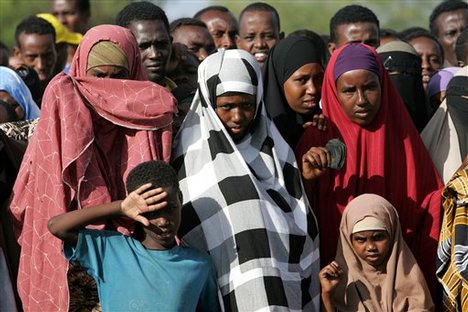Sanctuary in the City?

The humanitarian sector has long confronted urban displacement and the special challenges faced by both displaced persons and host communities, including local authorities. The necessary debate on how aid should adjust to these circumstances has challenged the putative distinctions among various approaches, whether the emergency, humanitarian assistance approach, the development approach, or the human rights approach. The scale, incidence and protracted nature of urban displacements call for an ever more-concerted effort among concerned parties.
HIC-HLRN joined this debate at an international conference of experts and practitioners on 7–8 February 2013. The event, “Urban Displacement and Development: Moving the Debate Forward,” built on the research of the London-based Overseas Development Institute’s Humanitarian Policy Group and co-hosted at the Danish Ministry of Foreign Affairs, in Copenhagen. It convened development and humanitarian stakeholders to share evidence, analysis and innovation, as well as to galvanize an improved international response to urban displacement.
The deliberations focused on priority regions of the Middle East and the Horn of Africa, with case studies provided by ODI on Amman, Damascus, Gaza, Kabul, Nairobi and Yei (South Sudan). However, participants covered comparative cases that also spanned the global South.
HIC-HLRN’s coordinator Joseph Schechla conducted a break-out session on “A Reparations Framework for Urban Forced Evictions,” with cases of quantifying the costs and consequences of displacement with the urban contexts of Nairobi and Cairo. That presentation and the ensuing discussions applied human rights criteria to complement the policy and remedial interventions to avoid the price that victims endure for their displacement.
Schechla argued that, for interventions to “get it right” implies the remedial and preventive aspects of human rights implementation with a political economy approach that identifies causes, as well as the consequences of displacement. The concepts of the “Right to the City” would be an important feature of policy approaches that would operationalize the already-codified and emerging human rights standards applicable in the habitat sphere.
Schechla pointed out that the human rights-based approach to urban displacement also would trigger accountability mechanisms and require the actual measurement and implementation of reparations for victims of violations and engage stakeholders in important resolution and transitional-justice processes in addressing protracted crises.
Other recommendations emphasized burden sharing and strengthening local self-determination as objectives of intervention. On the preventive side, practical measures proposals also called for cooperation with governments to develop the necessary methods to include displacement, both urban and rural, in local and national planning. The full conference report is will be accessible on the ODI website.
|